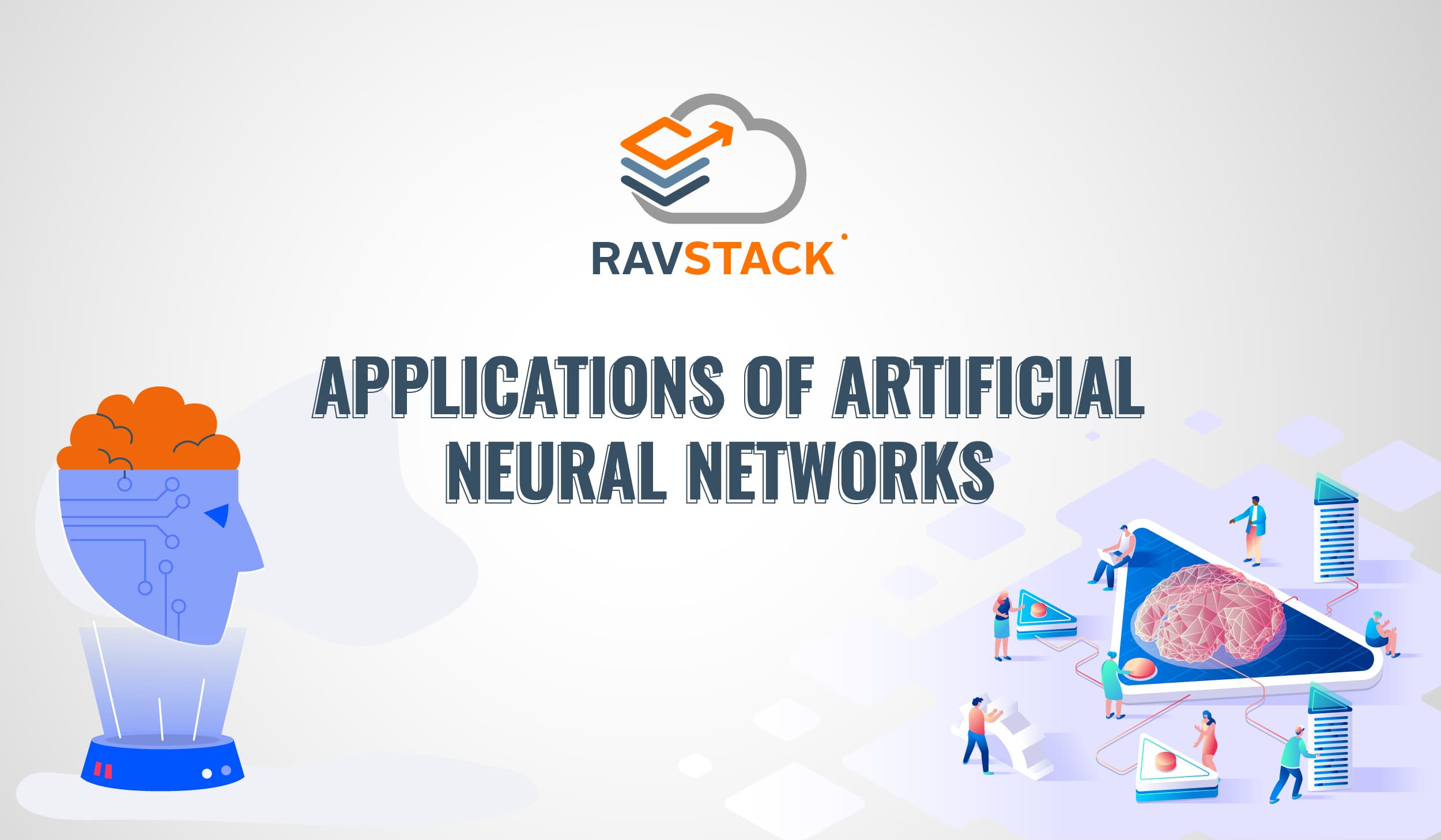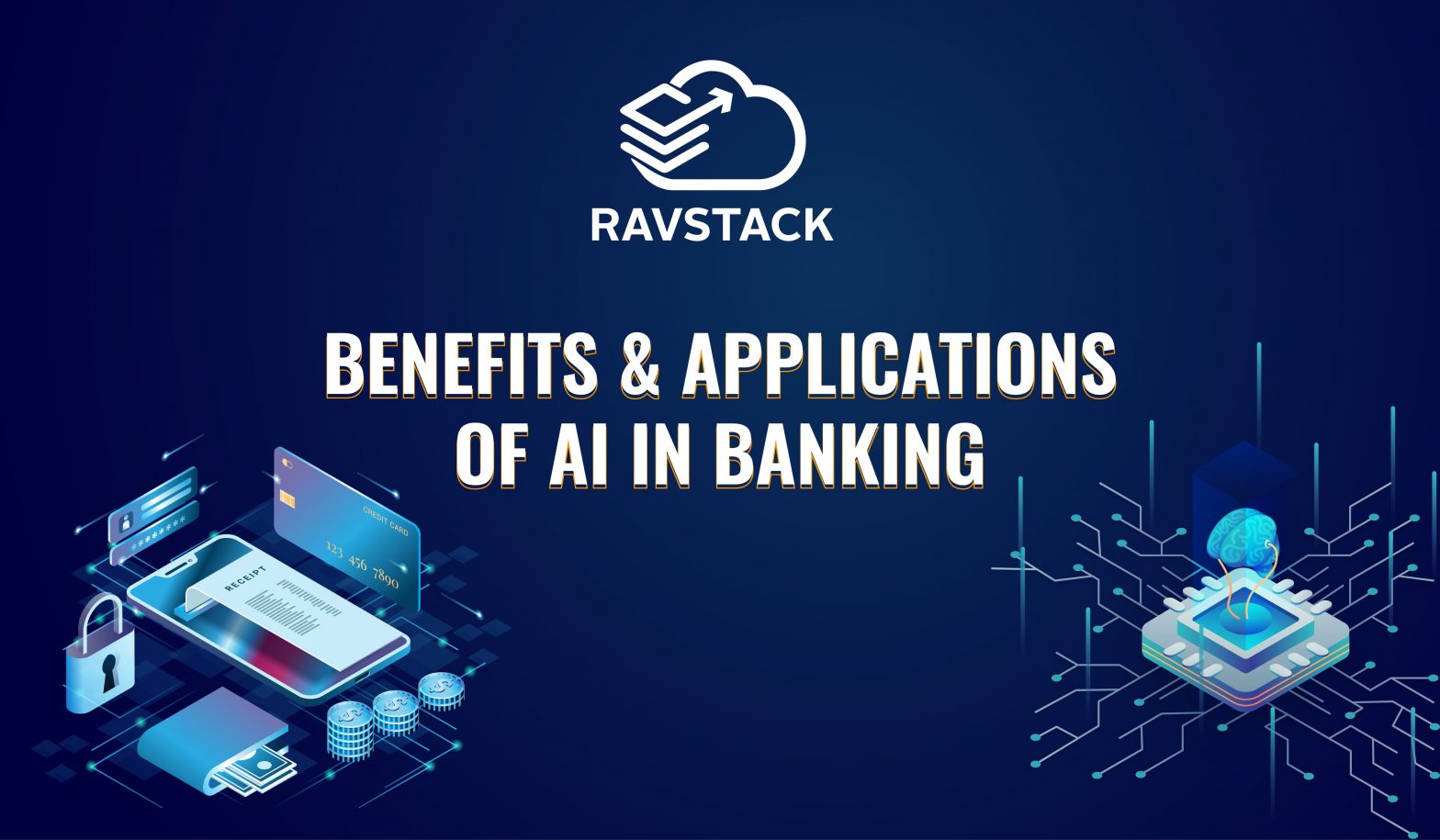Artificial neural networks are the most influential learning models. They have the ability to approximate a wide range of complicated tasks that represent multidimensional input-output maps.
There is also an adaptation feature in the nervous network, and noise can also perform exceptionally in the environment.
What is an Artificial Neural Network?
This is an information processing paradigm, which is introduced by the biological nervous system, such as the brain, procedure information. The main component of this paradigm is the novel model of the information processing system.
It includes a large number of highly interactive neurons working together to solve specific issues.
Artificial Neural Network(ANN) utilizes the processing of the brain as a basis to build algorithms that can be used to model intricate patterns and prediction issues.
What is a Neural Network?
A neural network is a computing system based on the biological nervous system that builds the human brain. Neural networks are not based on a specific computer program written for it, but it can enhance its performance over time.
A neural network is a collection of units or nodes called neurons. These neurons are linked to each other by a connection called synapses. Through synapses, a neuron can provide the signal or information to another neuron.
The received neuron can receive the information, can process it, and give the next signal. The process continues until the output signal is delivered.
Difference between Artificial Neural Networks and Biological Neural Networks
| Characteristics |
Artificial Neural Network |
Biological Neural Network |
| Speed |
Faster in processing information |
Slower in processing information |
| Size and complexity |
Less size and complexity |
A highly complicated and dense network of interconnected neurons |
| Storage |
Replaceable information storage |
Information storage is adaptable by adjusting the interconnection strengths |
| Processing |
Serial processing |
Massively parallel processing |
| Control mechanism |
There is a control unit for controlling computing tasks |
No specific control mechanism |
Learning techniques in Artificial Neural Networks
The neural network learns by managing its weights and threshold iteratively to get the desired outcome. These are also known as free parameters. The learning is performed using a defined set of learning algorithms.
Training Algorithms for Artificial Neural Networks
-
Gradient Descent Algorithm
This is the easiest algorithm utilized in the case of a supervised training structure. In case the actual outcome is different from the target outcome, the difference or error is found out. The gradient descent algorithm changes the weights of the network in such a way to reduce this mistake.
-
Back Propagation Algorithm
It is an extension of the gradient algorithm. Here, after finding a mistake, the error is propagated backward from the outcome layer to the input layer via the hidden layer. It is utilized in Multilayer Neural Network.
Learning Data Sets
A set of examples utilized for learning, that suit the parameters of the network. One approach includes one full training cycle on the training set.
A set of examples utilized to tune the parameters of the network. For example, to get the number of hidden units in a Neural Network.
A set of examples utilized only to assess the efficiency of a fully specified network or to apply successfully in predicting outcomes whose input is known.
Five Algorithms to train a Neural Network
- Hebbian Learning Rule
- Hopfield Network Law
- Self – Organizing Kohonen Rule
- Competitive Learning
- LMS algorithm (Least Mean Square)
Learning techniques Neural Networks
In this learning, the training data is input to the network, and the desired outcome is known weights are adjusted until production gets the desired value.
The input data is utilized for training the network whose outcome is known. The network classifies the input details and adjusts the weight by feature extraction in input data.
The adjustment of the weight vector and threshold is created only after all the training set is provided to the network. It is also called Batch Learning.
The adjustment of the weight and threshold is created after presenting every training sample to the network.
Here the value of the outcome is unknown, but the network gives feedback on whether the result is correct or wrong. It is Semi-Supervised Learning.
Advantages of Artificial Neural Network
There are some benefits of Artificial Neural Networks such as:
- Neural networks can learn themselves, and provide the outcome that has no limitation to input.
- Neural networks can store all the data in their network.
- If any information is lost, then this network can produce the outcome with real-time detection of the error.
- Neural Networks are multi-tasking.
- Neural Networks can produce an outcome if its networks do not have full knowledge.
- The whole network works on the fault-tolerant structure.
- Having capabilities of machine learning.
- Parallel processing ability.
Areas of application for Artificial Neural Networks
The following are the areas where the Artificial Neural Network is being utilized. ANN has an interdisciplinary approach in its applications and development.
Speech Recognition
Speech occupies a vital role in human-human interaction. Therefore, it is common for people to expect speech interfaces with the computing system. In the current era, for communication with machines, people still require sophisticated languages that are difficult to learn and utilize. To ease this communication barrier, an easy solution could be communication in a machine language. There are some ANNs have been used for speech recognition:-
- Multilayer networks
- Kohonen self-organizing feature map
- Multilayer networks with recurrent networks
Character Recognition
It is an interesting issue that falls under the common area of Pattern Recognition. Many neural networks have been built for automatic recognition of handwritten characters, either letters or digits. Following ANNs have been utilized for character recognition −
- Neocognitron
- Backpropagation neural networks
Signature Verification Application
Signatures are one of the most powerful ways to authorize and authenticate anyone in legal transactions. Signature verification application is a non-vision based technique.
Human Face Recognition
It is one of the biometric techniques to identify the given face. It is a specific task because of the characterization of “non-face” images. However, if a neural network is very efficient, then it can be characterized into two classes, namely images having faces and images that do not have faces.
Why Choose RavStack for an AI-driven Future?
RavStack always utilizes the latest techniques that allow them to provide fully efficient and flexible development services.
We have highly skilled programmers and engineers who have years of experience in developing modern technologies and development strategies to accentuate Artificial Intelligence, which further fulfills the requirements of complex banking programs.
Get in touch with our expert developers & consultants
We'll get back to you within 24 hours
Talk to our expert

 August 5, 2020
August 5, 2020
 8 mins read
8 mins read
 +1 415 800 4089
+1 415 800 4089 info@ravtsack.com
info@ravtsack.com






 March 25, 2020
March 25, 2020 7 mins read
7 mins read



)




